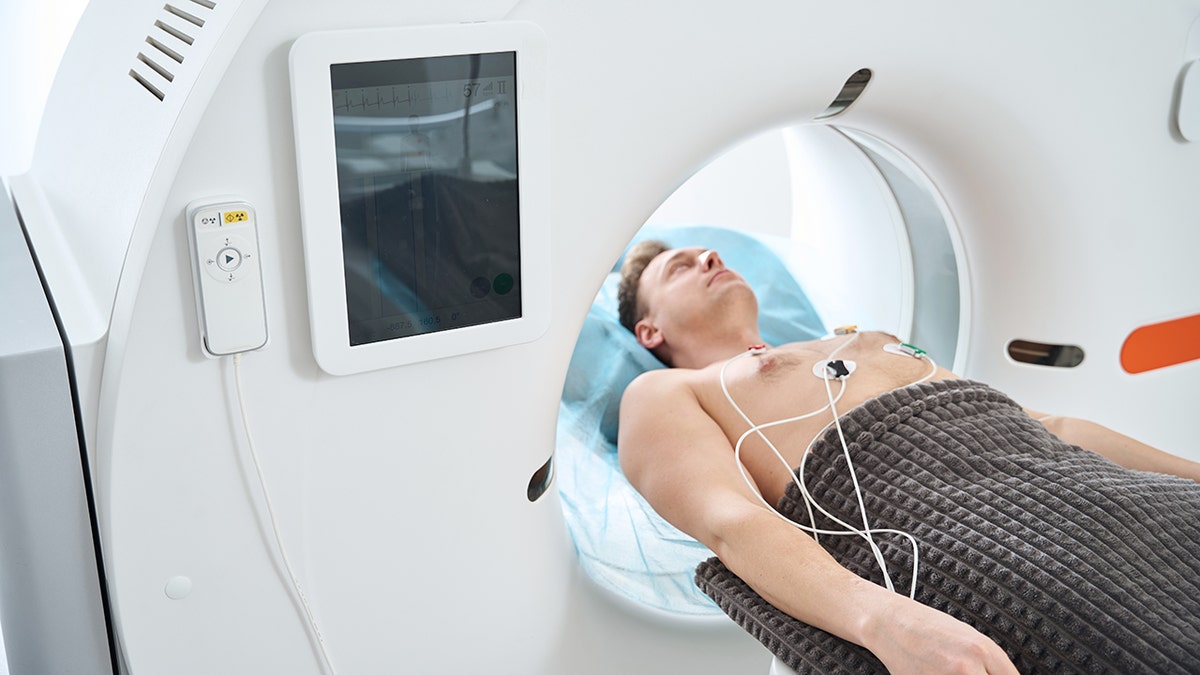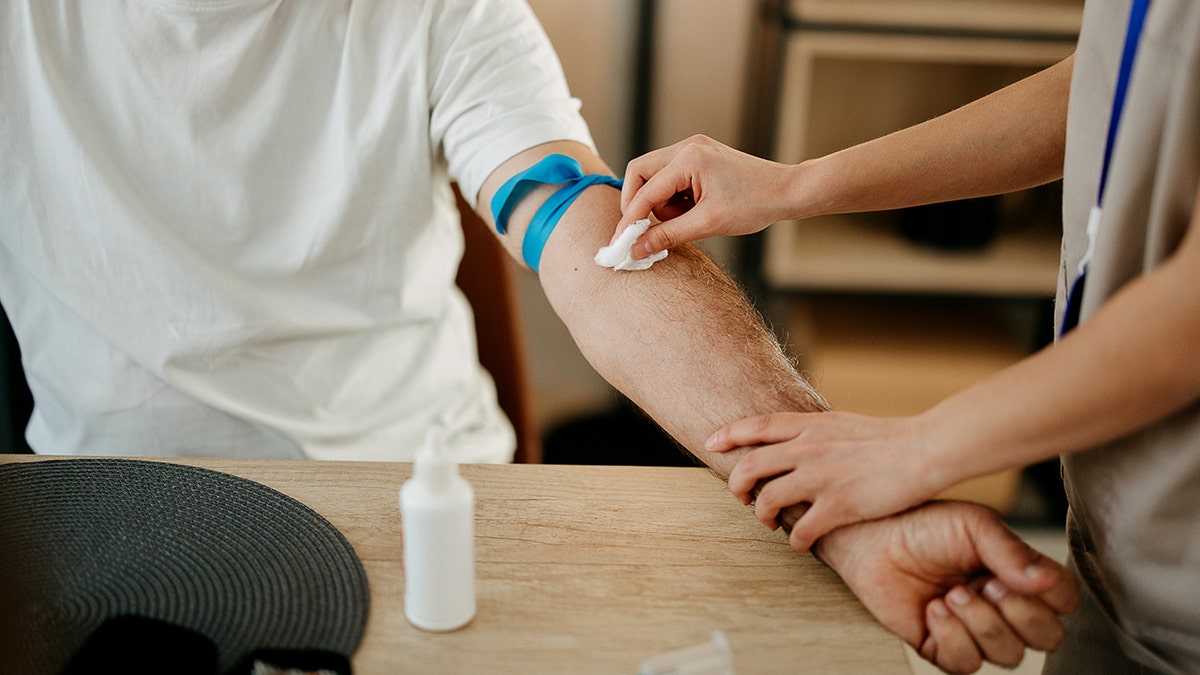AI technology could be used to detect potentially fatal blood clots before hitting.
This is according to scientists at the University of Tokyo, who claim that they have created a non -invasive way to observe blood coagulation activity as it occurs.
The new artificial intelligence tool uses a powerful microscope to control real -time platelets, researchers shared in a university statement.
What is artificial intelligence (AI)?
Platelets, which are small blood cells that help form clothes to stop bleeding, play a “crucial role” in heart disease, particularly coronary artery disease, according to Dr. Kazutoshi Hirose, the main author of the study.
If the platelet count is too high, it can increase the risk of blood clots.
Scientists at the University of Tokyo have discovered a non -invasive way to observe coagulation activity in the blood as it occurs. (Istock)
In order to prevent dangerous clots, patients with coronary artery disease are often treated with anti-planet drugs.
“However, it is still difficult to accurately evaluate the operation of these medicines in each individual, which makes the tracking activity a significant goal for both doctors and researchers,” Hirose said in the statement.
How the tool works
Traditional platelet activity control methods are often based on indirect measures or invasive procedures.
With the AI tool, a high power microscope works as a “super-high speed camera that takes strong photos of blood cells in flow,” said Yuqi Zhou, a chemistry assistant professor at the University of Tokyo, in the statement.
Artificial intelligence transforms patient care and reduces burning, according to the doctor
“Like traffic cameras capture all the cars on the road, our microscope collects thousands of moving blood cells every second,” he said. “Then we use artificial intelligence to analyze these images.”
The AI can distinguish between a single plate (“like a car”), a group of platelets (“like a traffic jam”), or even a white blood cell label (“like a police car trapped in the jam”), described Zhou.
“Right now, doctors often give drugs that can be done blood and expect them to work. With this method they could see if the treatment works.”
“This technology emphasizes because it allows doctors to directly observe the plates in the bloodstream and measure how they interact and form groups in real time,” said Keisuke Goda, a professor in the Department of Chemistry at the University of Tokyo, in the statement.
“Our studies have shown that it is highly effective in patients with coronary artery disease, the most common cause of heart attacks and one of the leading causes of death in the United States and the world,” he added.

According to researchers, traditional platelet activity control methods are often based on indirect measures or invasive procedures. (Istock)
When researchers tested the technique of more than 200 patients, they found that people with more severe heart problems had more groups in their blood.
A sample of blood extracted from the patient’s arm and tested with the tool gave rise to almost the same results as the blood taken directly from the arteries of the heart.
Implications of treatment
Harvey Castro, an emergency doctor and AI expert, based in Texas, described the implications as significant for patient care.
“Today, we rely on indirect laboratory or invasive Cath-Lab Blood’s laboratory markers to judge the risk of clots,” said Castro, who was not involved in the study, told Fox News Digital.
Click here to get the Fox News app
“This technology turns an ordinary venous draw into a living telemetry of platelets’ behavior, giving answers in more than hours.”
According to researchers, these advances have the potential to change care for patients with coronary heart disease.
Click here to register -you are in our health newsletter
“Normally, if doctors want to understand what is happening in the arteries, especially coronary arteries, they must do invasive procedures, such as inserting a catheter through the wrist or groin to collect blood,” said Hirose.

In studies of the effectiveness of the tool, a regular blood test of the arm showed almost the same results as the blood taken directly from the arteries of the heart. (Istock)
“What we have found is that just taking a regular blood sample from a vein in their arm can still provide significant information on platelets activity in the arteries.”
For more health items, visit www.foxnews.com/health
Goda agreed that the tool could afford more safe and personalized treatments for patients with heart disease.
“Right now, doctors often give drugs that will be able to do blood and expect them to work,” he said. “With this method, they could really see if the treatment works on each patient.”
Potential limitations
Castro warned that technology is not yet ready for widespread use.
“The microscope is on a avant -garde search team, it is not yet a night device,” Fox News Digital told Fox. “We need a miniaturization and cost falls before each Each can use it.”

“What we have found is that just taking a regular blood sample from a vein in their arm can still provide significant information on platelets activity in the arteries.” (Istock)
For more research, Castro provides that this innovation could change the decision -making of patients’ care point.
“From five years, I can imagine a cure analyzer that allows me to adjust antiplaquette medicines and the way of holding the oxygen quickly and safely for the patient in front of me,” he said.
#ADVANCE #doctors #dangerous #blood #clots #formed
Image Source : www.foxnews.com
